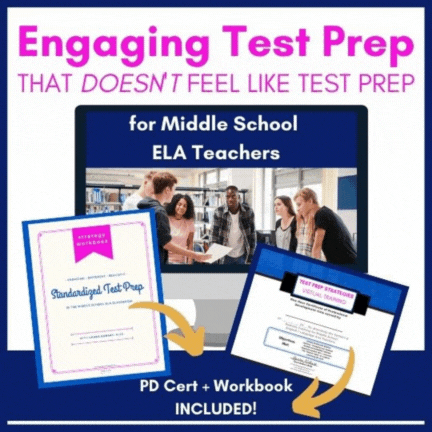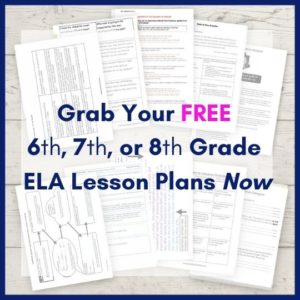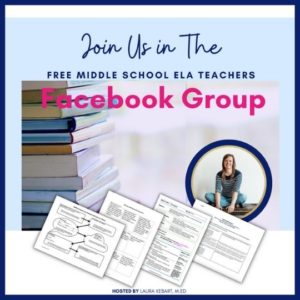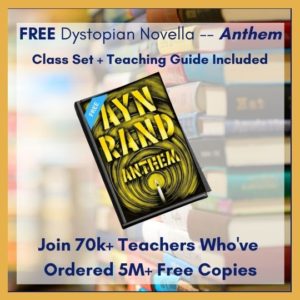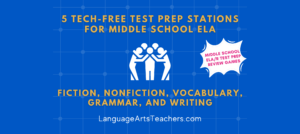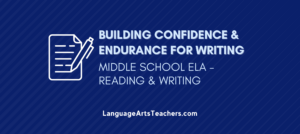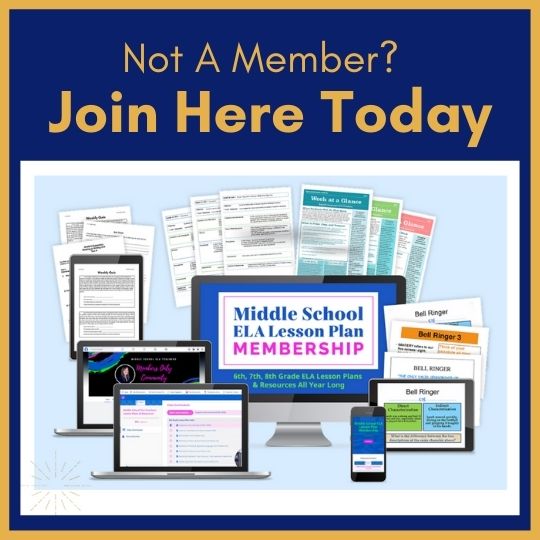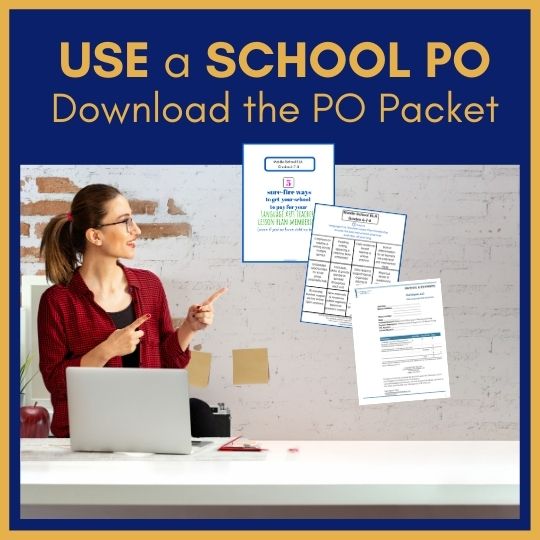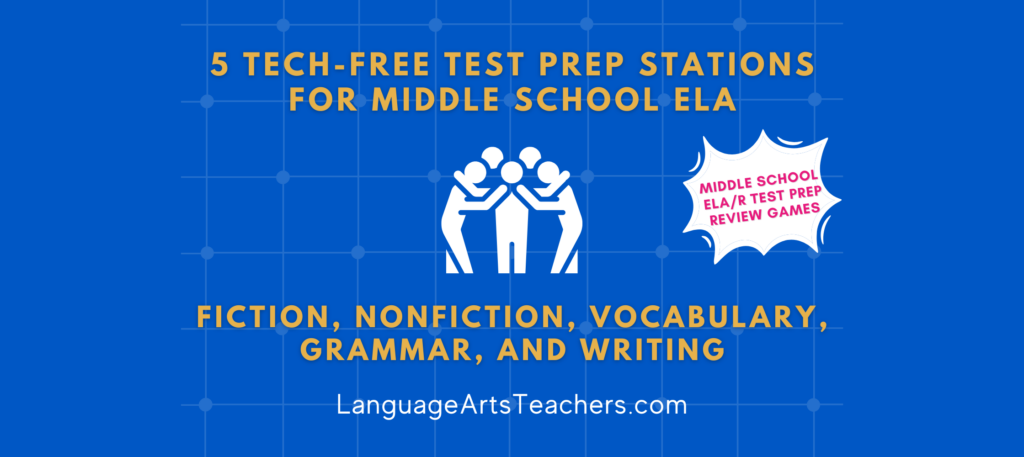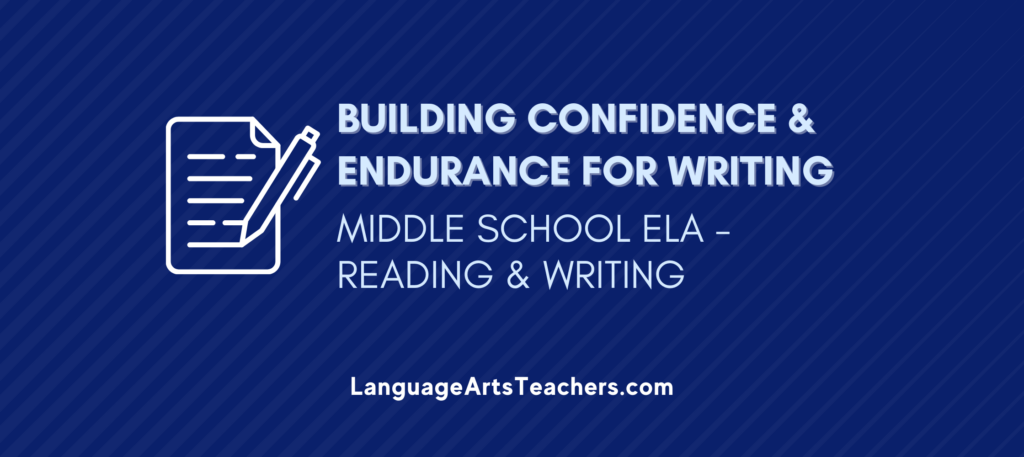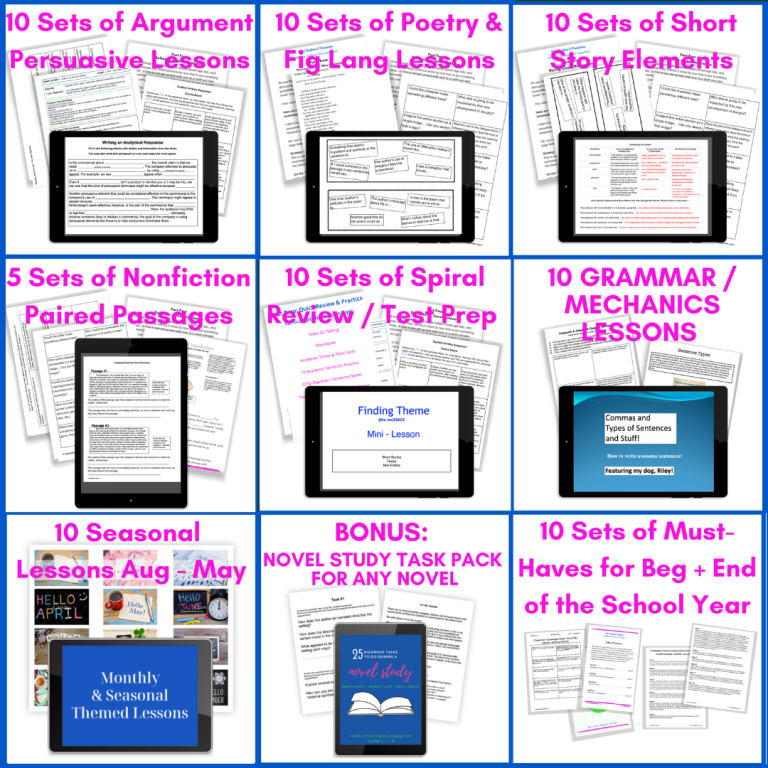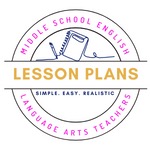Analyzing family dynamics across cultures and time periods and generations is usually very relatable, relevant, and interesting for middle school students.
To get you started, here are eight short fiction stories that you can read with your Middle School ELA students in 20 minutes or less about different generations learning from each other. I’m also including a very brief summary along with four discussion questions so you can keep it simple and dive right in without wasting any time:
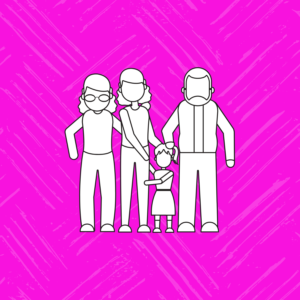
- “The White Umbrella” by Gish Jen
Quick Summary: A twelve year-old girl feels ashamed of her mother and wishes she had a different mother. She feels caught between two cultures as a first generation child in America, and experiences both internal and external conflicts as a result.
4 Questions for Discussion:
- What struggles with two cultures does the main character have?
- Why does the main character’s mother lie about working?
- Describe what we know about the owner of the white umbrella.
- Explain the conflict between the main character and her mother.
- “Thank You, Ma’am” by Langston Hughes
Quick Summary: The main character, a boy, attempts to steal an older woman’s belongings late one night. Instead of turning him in, she brings him to her home where she cooks a meal for him and changes his perspective about what kind of person he wants to be in life.
4 Questions for Discussion:
- Why doesn’t Mrs. Jones turn him in as soon as he attempts to steal?
- Which part of the story would you say is the climax/turning point?
- Why are the new shoes so important to the main character?
- What do we learn about Mrs. Jones based on her apartment?
- “Fish Cheeks” by Amy Tan
Quick Summary: A 14 year-old girl is embarrassed about what visitors (including a boy she likes) will think of her family’s Christmas dinner.
4 Questions for Discussion:
- In what way is the narrator ashamed or embarrassed of her family?
- What do we learn about Robert, the minister’s son?
- Locate an example of either a simile, a metaphor, or personification.
- What does the quote mean, “Your only shame is to have shame”?
- “The Treasure of Lemon Brown” by Walter Dean Myers
Quick Summary: After a bad day, the main character’s father tells him he can’t play basketball. He disobeys his punishment and decides to leave home anyway.
4 Questions for Discussion:
- Who is Lemon Brown?
- What is the treasure?
- How do we know that Lemon and Greg really fear for their lives?
- How does Greg’s perspective change after meeting Lemon Brown?
- “The Metaphor” by Budge Wilson
Quick Summary: The main character, as a 7th grade girl, had a memorable and influential teacher named Miss Hancock who helped her develop a love of writing and a passion for making up her own metaphors. However, as an older student in high school now, Charlotte struggles with the regret and sadness she feels for treating Miss Hancock the way she did, especially because of the tragic and sudden death of Miss Hancock.
4 Questions for Discussion:
- Describe the internal conflicts in this short story.
- Explain how the 1st person POV helps us understand the main character’s memories.
- List three adjectives that describe the teacher in the story.
- What are the metaphors in the story?
- “The Scholarship Jacket” by Marta Salinas
Quick Summary: An 8th grade girl overhears two teachers arguing about her and she learns the truth of an unfair injustice against her. The girl’s grandfather raises some thoughtful questions to her about this injustice, and she has to decide how she’s going to respond.
4 Questions for Discussion:
- What role does social status play in the story?
- Why does the principal review his decision?
- Explain what the main character learns about life from her grandfather.
- How does the main character’s thoughts about her injustice shift in the story?
- “Ribbons” by Lawrence Yep
Quick Summary: The main character must make strict sacrifices so that her family can afford the travel costs to bring her grandmother overseas to live with them.
4 Questions for Discussion:
- What objects seem important in the story?
- Describe the setting of the story.
- Explain what changes once the grandmother starts living with them.
- Why is the word “ribbons” used as the title of the story?
- “Three Century Woman” by Richard Peck
Quick Summary: A woman born in 1899 participates in a television interview since she technically lived in three different centuries. The interview isn’t what she thought it was going to be, so she begins making up stories.
4 Questions for Discussion:
- Describe the main setting of the story
- What would you consider to be the turning point / climax?
- Why does the main character tell lies?
- What do we know about the main character’s life?
Join hundreds of us from around the country in the Middle School ELA Teachers Lesson Plan Membership so you can jump off the struggle bus 🚌 and find confidence, clarity, and creativity again in teaching!



